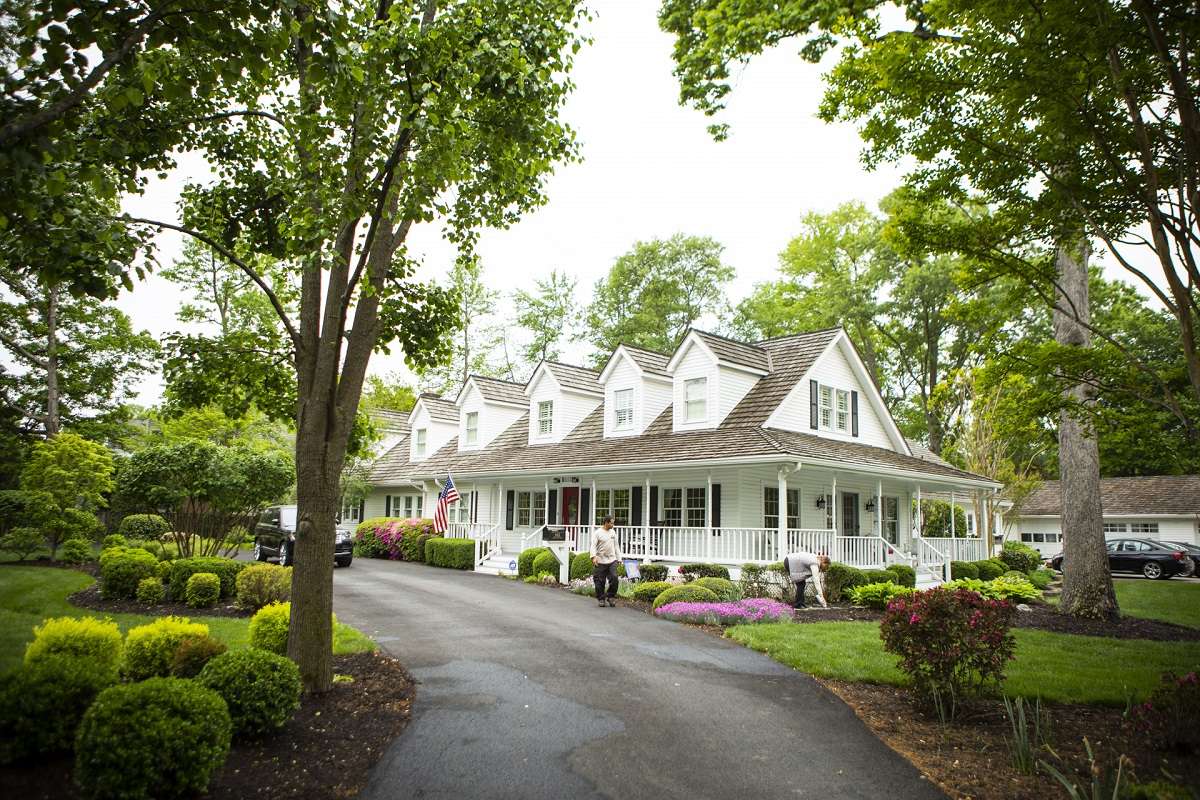

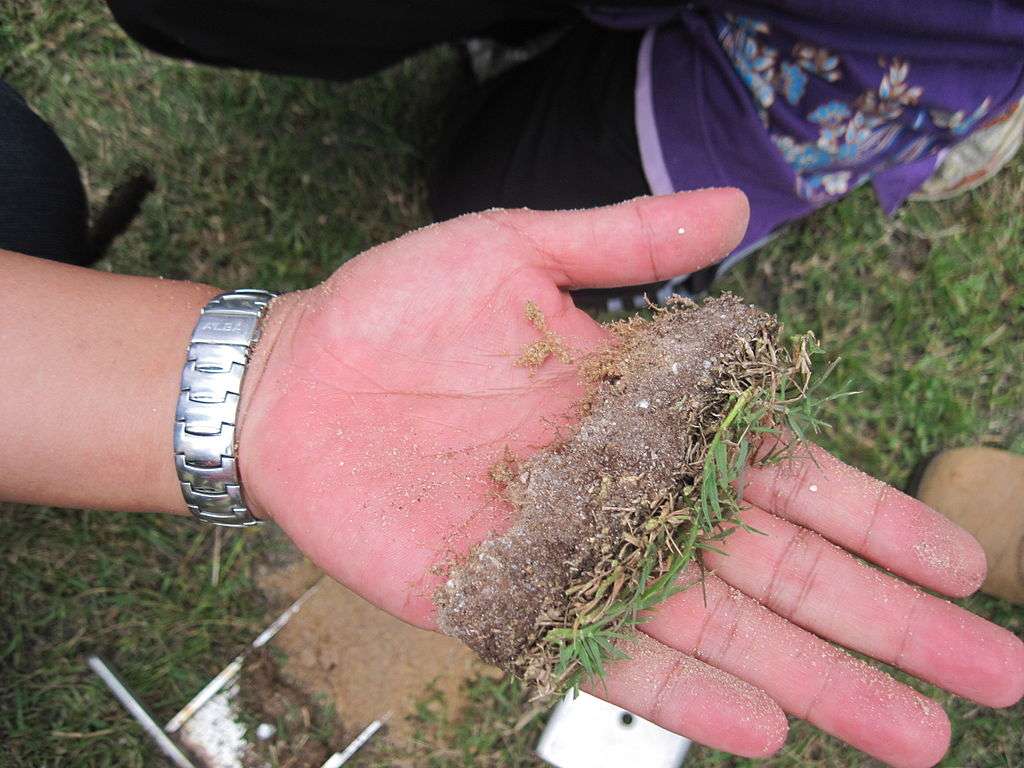
Like a lot of homeowners, you might have heard about “thatch” being a common lawn problem and are wondering if it’s something that you are even struggling with. While thatch isn’t always easy to spot, you might recognize a concern if your lawn has a “spongy feel” to it.
But what exactly is thatch and how do you get rid of it? You may have even heard of a service called dethatching and are wondering if it’s something that you need.
Since we do get some questions about dethatching a lawn from time to time and we find that a lot of homeowners don’t totally understand what it is, we wanted to write a helpful guide that would lead you in the best direction.
First and foremost, it’s important to understand what thatch is. Thatch is the organic layer made up of dead and living stems which naturally occurs on the lawn. It can build up between the surface of the soil and the bottom of the grass blades. A lot of lawns have some thatch, and that’s not really a problem. But when it starts to build up around a half-inch or more, thatch can begin to cause trouble.
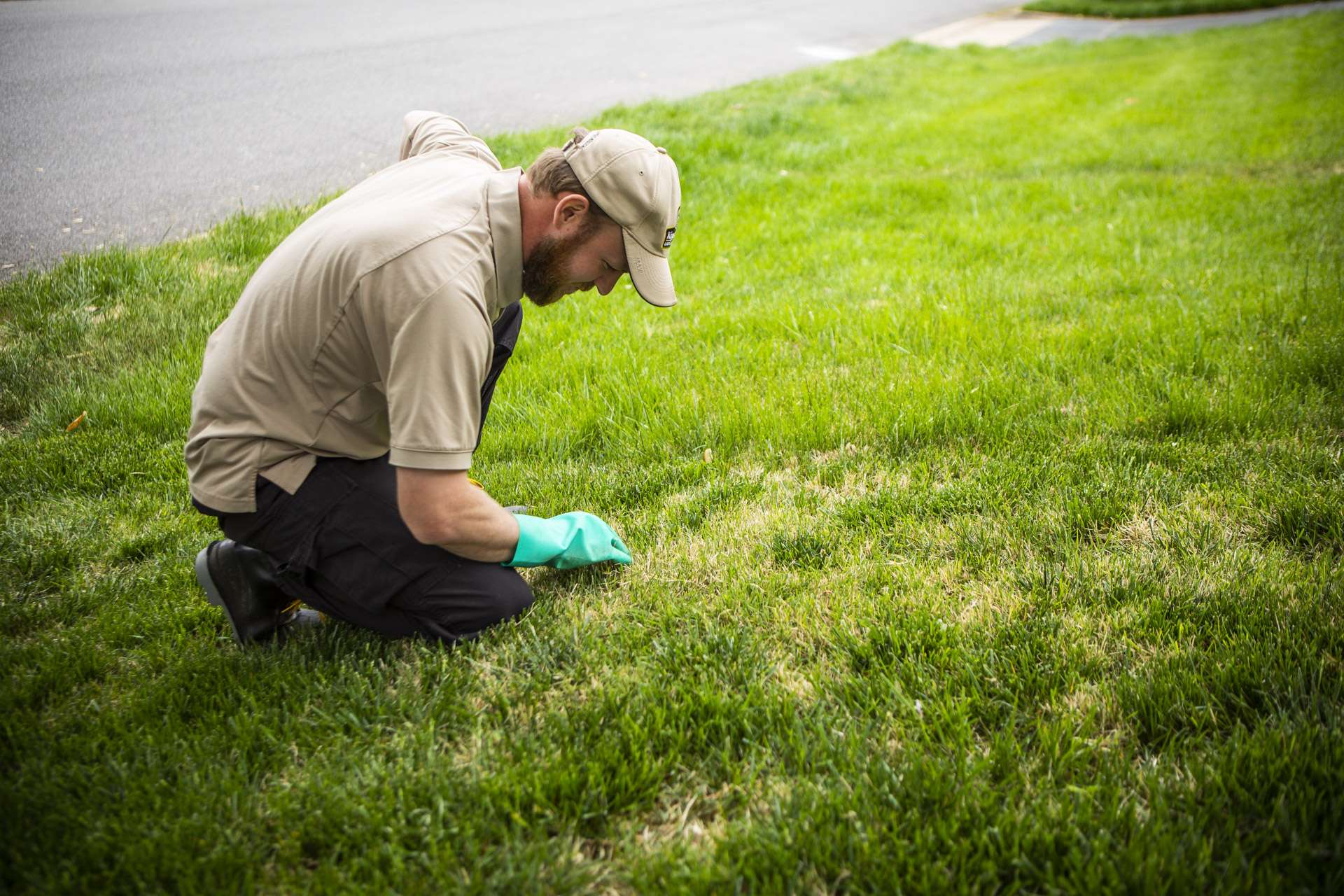
Excess thatch can increase the likelihood of pests, make your lawn more susceptible to turf disease, and even decrease the effectiveness of lawn care treatments (which might struggle to get through that thick layer of thatch).
Along with all that, excess thatch can impact the overall health of your lawn by making it difficult for oxygen and water to penetrate through its layers and into the soil.
One of the most common reasons for thatch build-up is infrequent mowing. When grass gets really long and then those long clippings are left atop the lawn, it can lead to thatch build-up. Thatch can also accumulate due to poor soil aeration and drainage and improper watering practices.
When it comes to dethatching, most homeowners automatically assume they need to rent a dethatching machine (a “dethatcher”) or even hire a special dethatching service.
A dethatcher works by mechanically extracting thatch. Unfortunately, a machine like this can also cause quite a bit of collateral damage when it not only pulls up the thatch but healthy grass right along with it. While some professional lawn care companies do still offer service, most have moved away from it.
That’s not only because it’s potentially destructive to your lawn, but it’s also not really needed. Instead of dethatching, aeration, overseeding, and topdressing can do the trick in the vast majority of lawns that have thatch. Aeration uses a piece of equipment called a “core aerator” which removes small cores of soil throughout the lawn. Aeration helps to loosen the soil which in turn allows more oxygen, water, and nutrients to penetrate to the root zone.
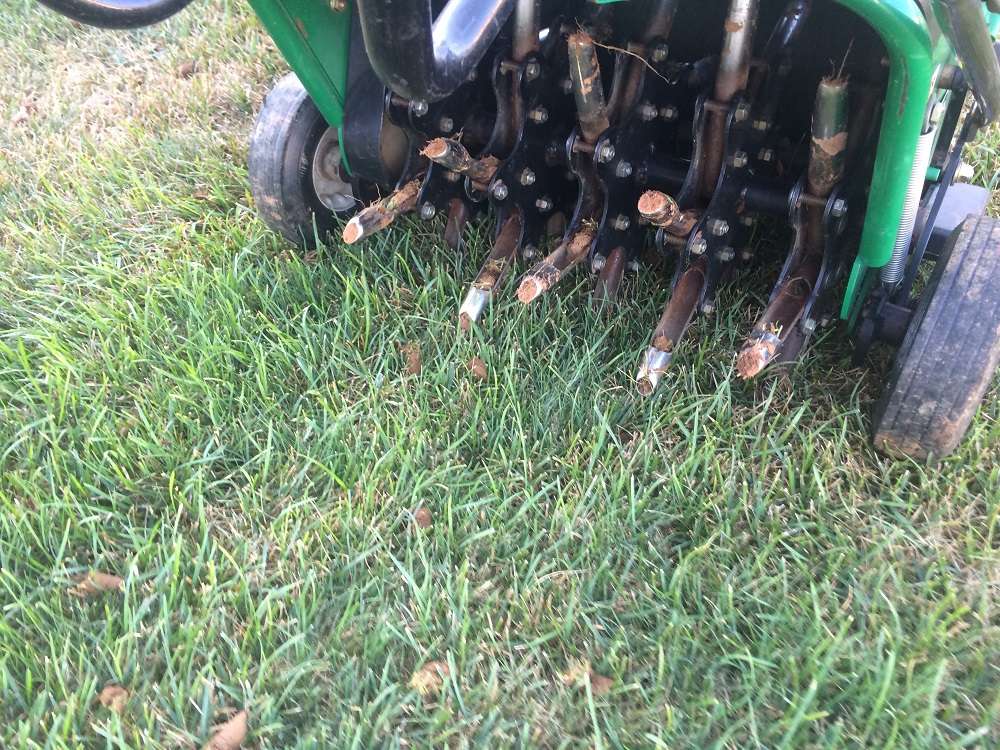
Aeration and overseeding can be performed at the same time in order to get the best possible results. The seeds will fall into the holes created by the aerator, providing the best seed-to-soil contact.
In addition, after aeration and overseeding are performed, the lawn can be topdressed with compost, allowing it to fall into the holes that were made. As the compost mixes with the clay, it helps create a better layer of topsoil by improving soil structure and microbial life which helps to naturally breakdown thatch. This can go a really long way in helping to prevent thatch build-up in the first place.
While aeration and overseeding will work the majority of the time, there are lawns that sometimes need something more. In those cases, we can perform power seeding.
This is the process of cutting rows into the soil and planting high-quality seed. Power seeding is great for lawns that have significant bare spots or on hilly areas. Just like aeration, it can be quite effective in reducing thatch. As you power seed a lawn, the machine will actually pull out a good portion of an excessive thatch layer.
Although there are some lawn care services that might still offer dethatching, the fact is, the research has been pointing toward aeration and overseeding (and power seeding when necessary) for years now. At Kingstowne, we find that the potential damage caused by dethatching machines, along with the fact that it doesn’t address aeration, does not make it an ideal choice.
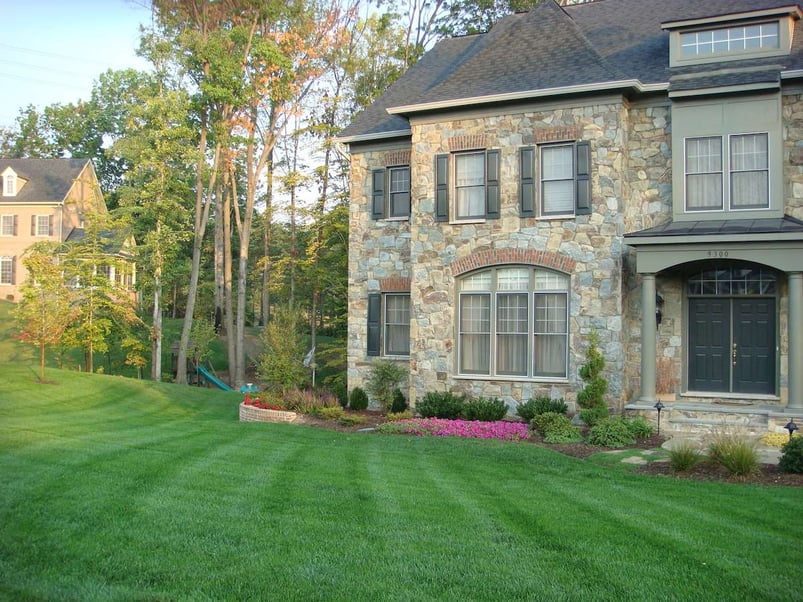
Instead, to get the greenest and healthiest grass possible, aeration and overseeding (or power seeding) are your best options. These services can be performed as part of a comprehensive lawn care program that addresses all of your lawn’s needs. This will ensure that thatch has no chance of standing in the way of your great lawn. After all, when you’re investing in lawn care, you deserve to get fantastic results.
Are you ready to have the best-looking lawn in your neighborhood? Request your quote, choose from our 3 lawn care package options, and relax as you get the royal treatment.
Image source: thatch

Since 1997, Krisjan has led the Kingstowne team with one simple philosophy, treat every customer like the “only” customer. His passionate pursuit of impeccable customer service has resulted in 24 successful years and a thriving company with over 85 employees, helping thousands of homeowners in the Alexandria, Arlington, and Springfield, VA area get what they want - a worry-free property they can be proud of.


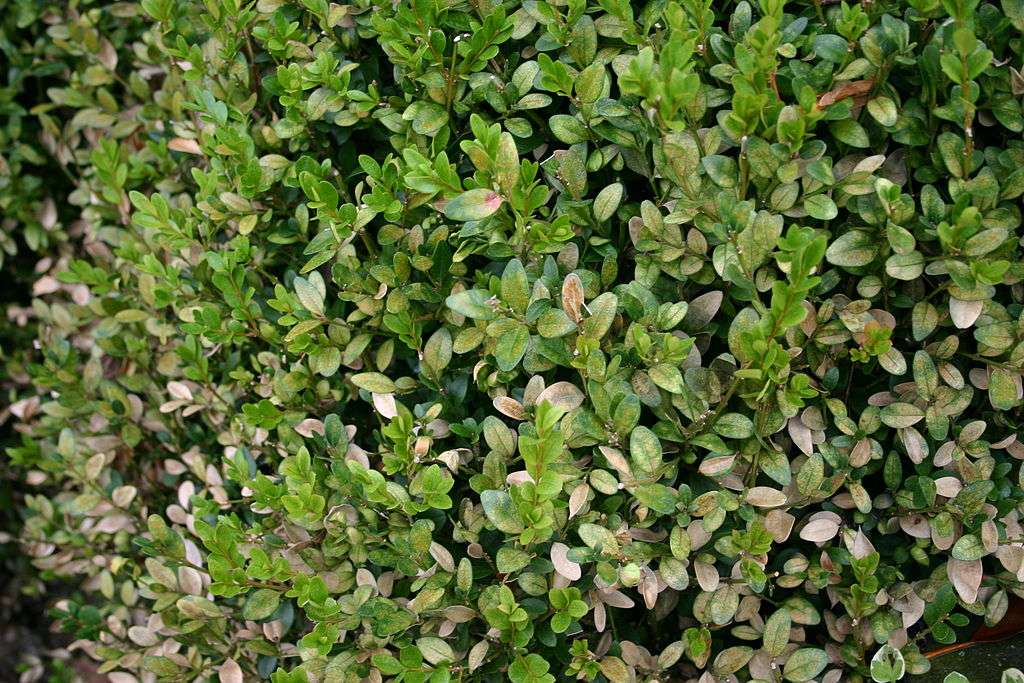

If You're Looking For a Sign, This is It.
Seriously, that lawn isn't getting any better on it's own. Mrs. Jones just called the HOA on you